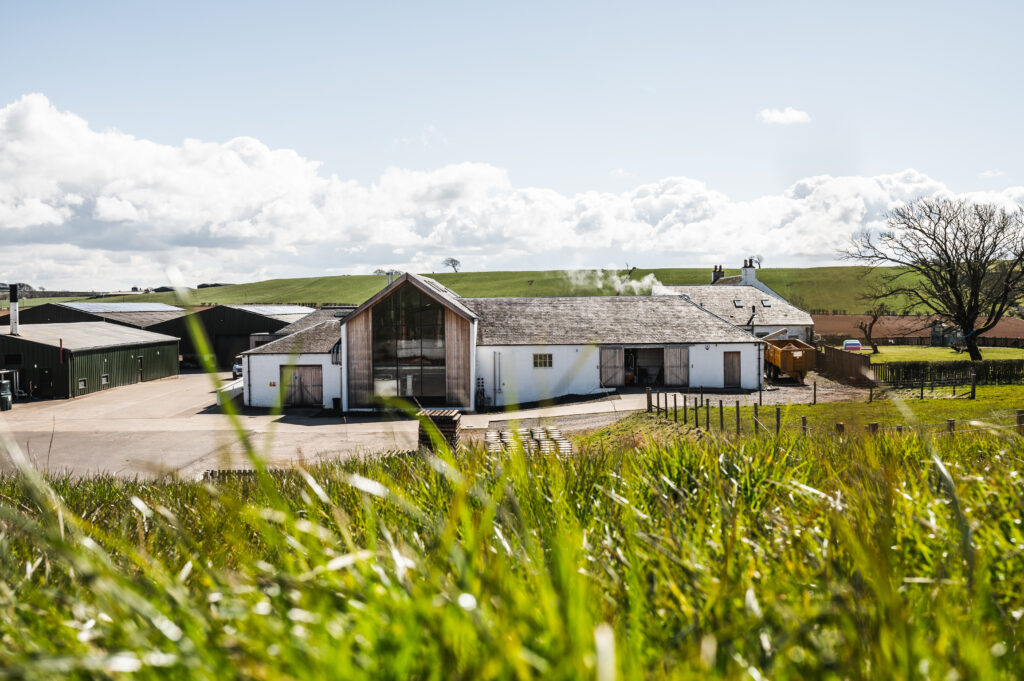In an age of social media, it is all too apparent that the best way to inform an audience is by way of personal presentation. This was the observation of learning about the rather unique Lochlea Distillery, established on the site of a farm once worked by Robert Burns in Ayrshire in Scotland. The occasion was a presentation at the Rotary Club of Troon by Patrick Dupuy, a Business Development Executive at the distillery.

As anyone in the West of Scotland will know, the high rainfall provides an advantage in the growing of grass for arable farming, though the custodians of Lochlea Farm saw an advantage of diversification of their existing land use. The 180 acres of land enabled the growing of the essential ingredient of barley. As a reflection, most distilleries buy in their barley from a suitable provider. The planting of radishes after harvest provides a nitrogen soil enrichment cycle when they are subsequently a food source for wandering sheep.
And then there is water. This comes from a borehole on the farm. Most distilleries will have their own source of water for the initial fermentation of the barley. After distillation the raw spirit, at around 63% proof, is laid down in suitable casks for a minimum period of 3 years. Sherry casks are a favourite choice and where in this process flavour and colour is infused into the product. In any new distillery, this time in waiting is a challenge in terms of cash flow. But ever after, patience is rewarded. The older the product, the higher price it can subsequently command.
A great deal of care is required in the design and manufacture of the bottle – where apparently the Italians know all about making whiskey bottles. A square bottle as the chosen design is aesthetically attractive but initially was challenging for the Lochlea bottling plant. This brings a focus on the role of water in the bottling process where at Lochlea it is the local water that is used to dilute the cask spirit to the typical 40% proof bottled product. Where distilleries use external companies to bottle their product, the water used in bottling very likely comes from the post code of the bottling company.
The development of a local malting facility at the distillery provides yet another aspect of local origin of the product. The malting process is labour intensive, where sprouting barley seeds are tossed and turned to prevent them clumping together into a thick germinating mat.
Find out more about Lochlea Distillery at:-https://www.lochleadistillery.com/